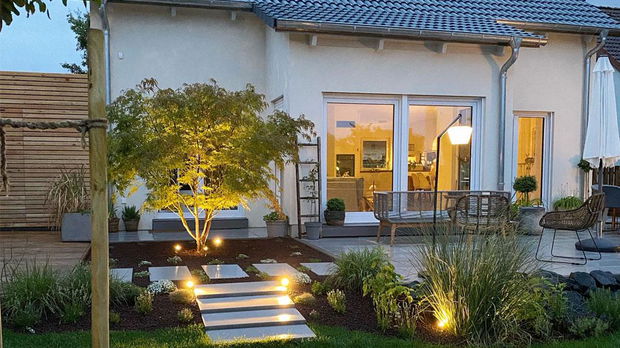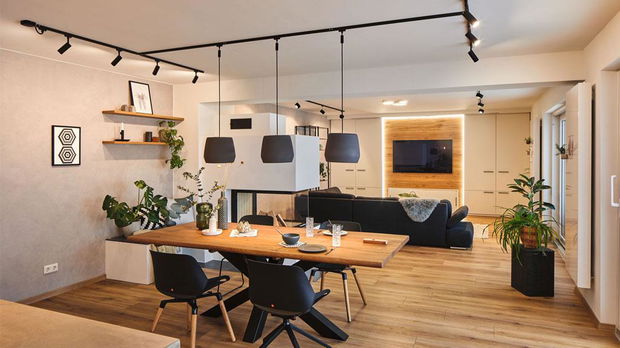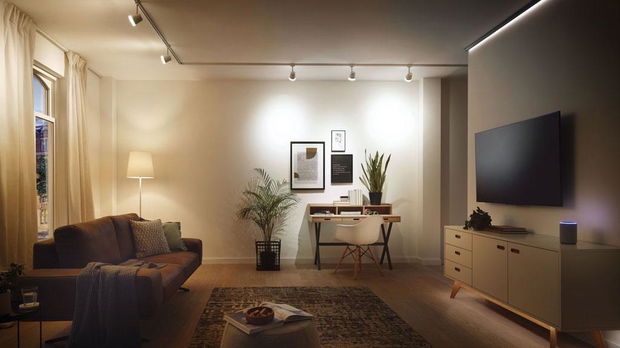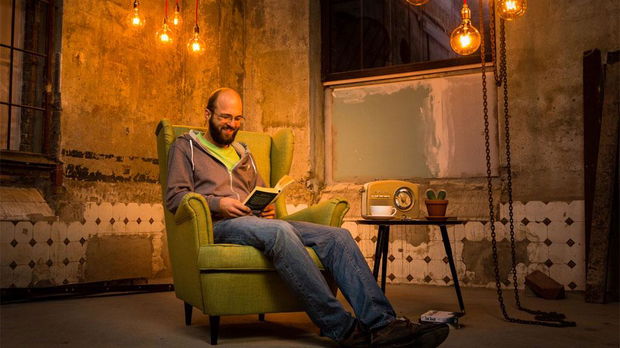Directed light explained
Directed or bundled light describes a type of direct lighting in which the light cone is limited to a very small area. Directed light results in stark contrasts and severe shadow. The illuminated area is highlighted, while the surrounding area is significantly darker.
By the way: the opposite of directed light is diffuse light, a term which describes uniform light distribution with soft shadows.
Which types of luminaires create directed light?
One option for directed light is a pendant light where the lampshade is opaque and does not emit any light to the sides. Choose a pendant luminaire with a concrete, plastic or wood lampshade.
Paulmann Tip:
Directed light over the dining table creates a perfect ambiance for communication and feels comfortable. It lights up the table and focuses on the people sitting around it. The rest of the room remains in shadow, creating a communal feeling for the diners.
Shine a light on what you love!
Directed light gives you a great opportunity to highlight specific pictures, collectibles or other decorative objects. You could turn a boring hallway into an exciting picture gallery for your visitors to admire!
Paulmann Tip:
The mains outlet is not in the right place for you to install luminaires where you want them? No problem! Use our URail or NanoRail light rail systems to bridge the gap and bring light to wherever you want it.
By the way: Directional light is also a neat option for outdoor areas. You can use ground spikes or garden spots to illuminate individual trees, shrubs or your favourite flowers to best effect. The resulting ambiance and the clever play with light and shadow will be truly magical.








